Historical Places in Bolivia
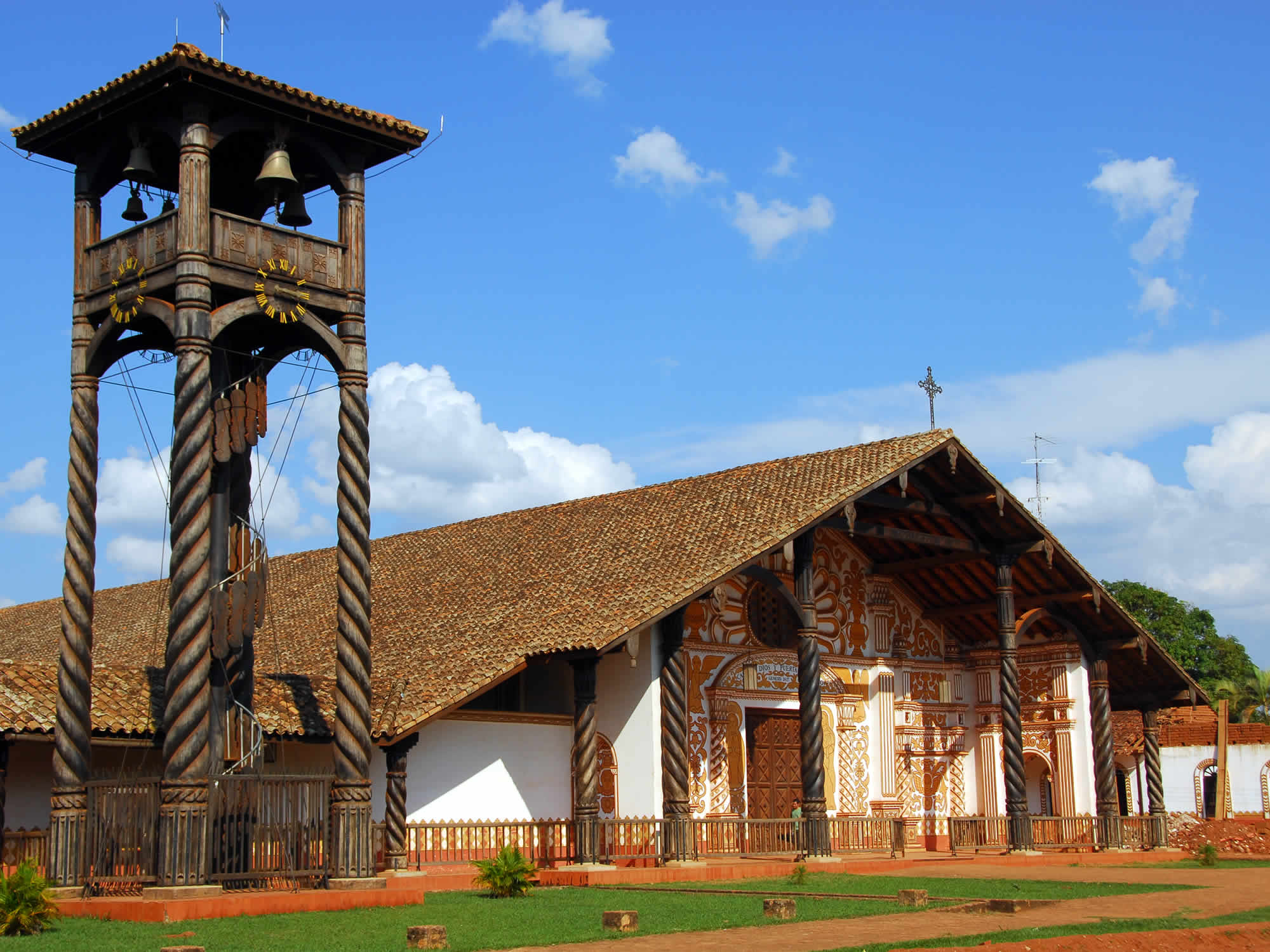
Jesuit Missions
The Jesuit missions in Bolivia have remained intact and even after hundreds of years they continue to marvel the visitors. They are located on the eastern lowlands of Santa Cruz, Bolivia, at about 6 hours from the city.
Details

Silver Mines of Potosí
One of the main tourist attractions of Potosi in Bolivia is the Cerro Rico. From the depths of this amazing mountain, huge amounts of silver have been extracted since 1545.
Details
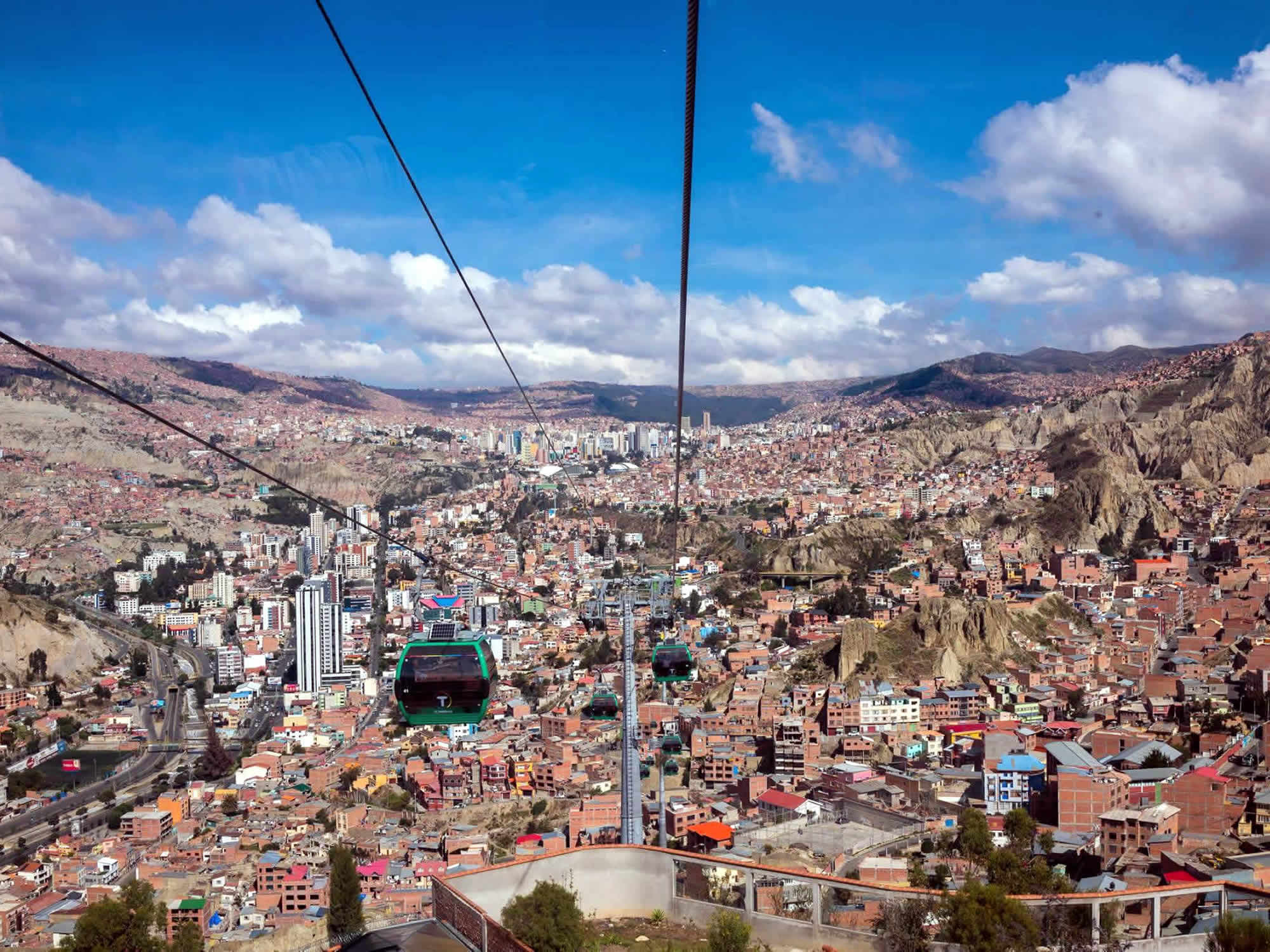
La Paz City
La Paz is the administrative capital of Bolivia. Altitude of the city ranges from about 4058 meters (13,313 feet) above sea level in El Alto (where the airport is located) to 3100 meters (10,170 feet) in the lower residential area. It is the highest national capital in the world.
Details
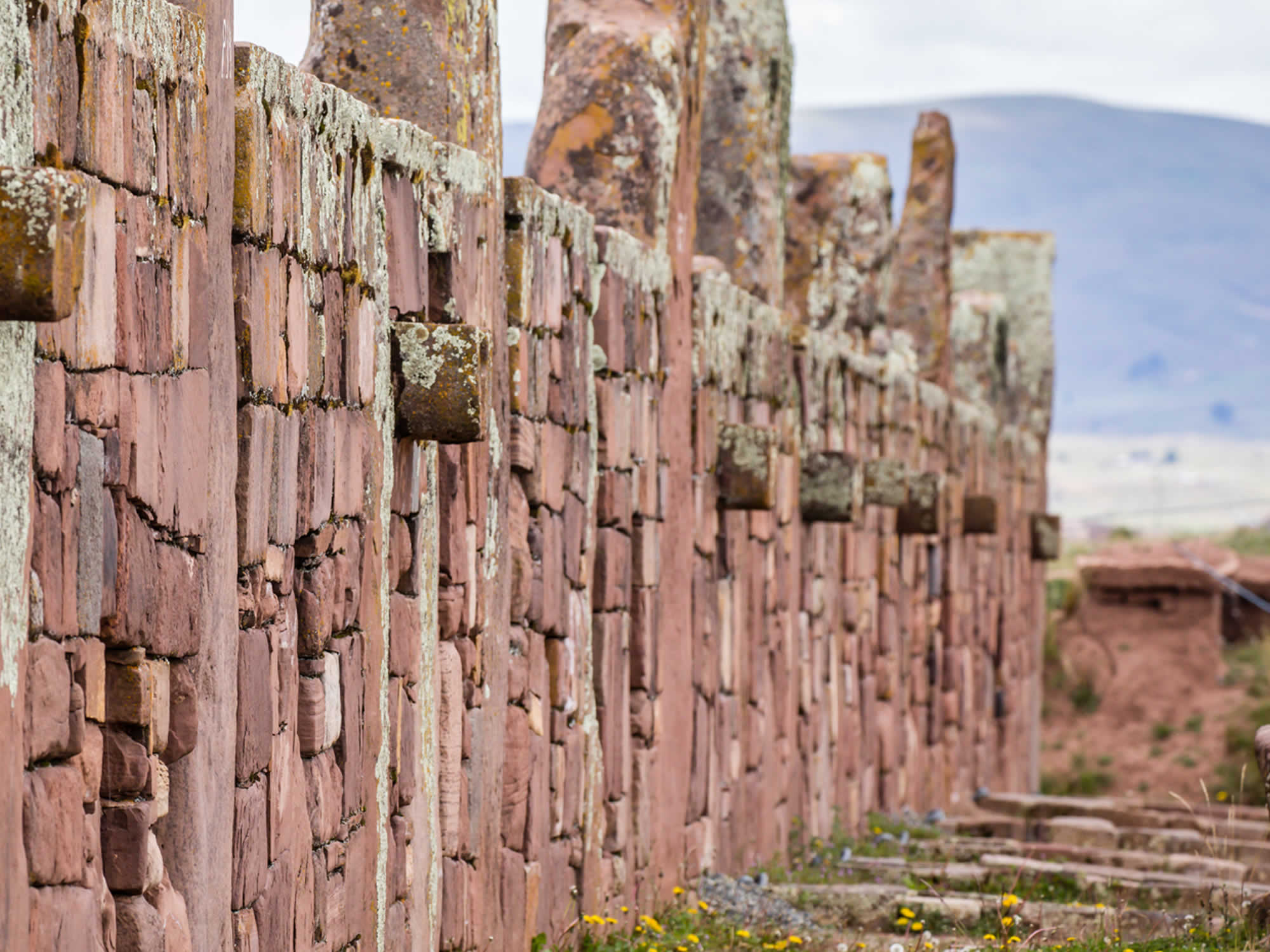
Tiwanaku
The ruins of Tiwanaku are found near the south-eastern shore of Lake Titicaca, about 72 km (44 miles) west of La Paz, Bolivia. Tiwanaku is a recognized World Heritage Site.
Details

Copacabana
Copacabana is a small town located on the Bolivian shore of Lake Titicaca. This is the original Copacabana and a popular resort destination for travelers .
Details

Island of the Sun
The Island of the Sun is located on the Northwest end of the peninsula of Copacabana, Bolivia. The Island of the Sun has several ancient monuments - The Pilkokaina Palace and the Chinkana or Labyrinth, The Stairway of the Inca, Sacred Fountain Youth and the Incas' Terraces.
Details

Casa Nacional de la Moneda
The Casa de la Moneda is a vast, elegant, and strikingly beautiful building that takes up a whole city block. In many specialists' opinion, it is the most important building among the colonial architecture of South America. Its construction began in 1750 and concluded in 1773. The works were in charge of the manufacturer and architect Salvador de Vila
Details
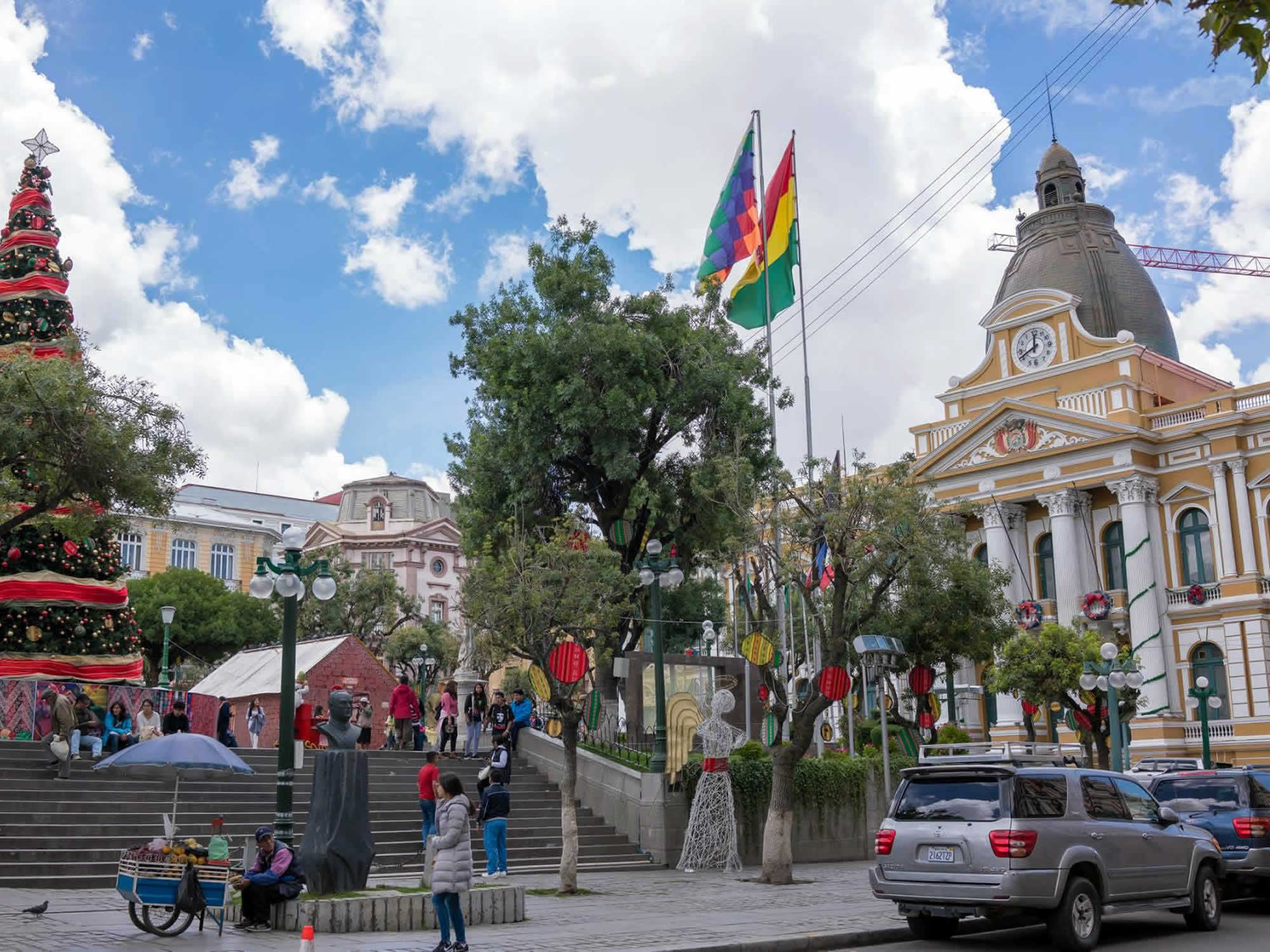
Cathedral and Plaza Murillo
Plaza Murillo in La Paz, Bolivia, holds the Presidential Palace, and in the center of Plaza Murillo, opposite, stands a statue of President Gualberto Villarroel. The Cathedral was built in 1835 on a steep hillside and the main entrance is 12m higher than its base on Calle Potosi.
Details
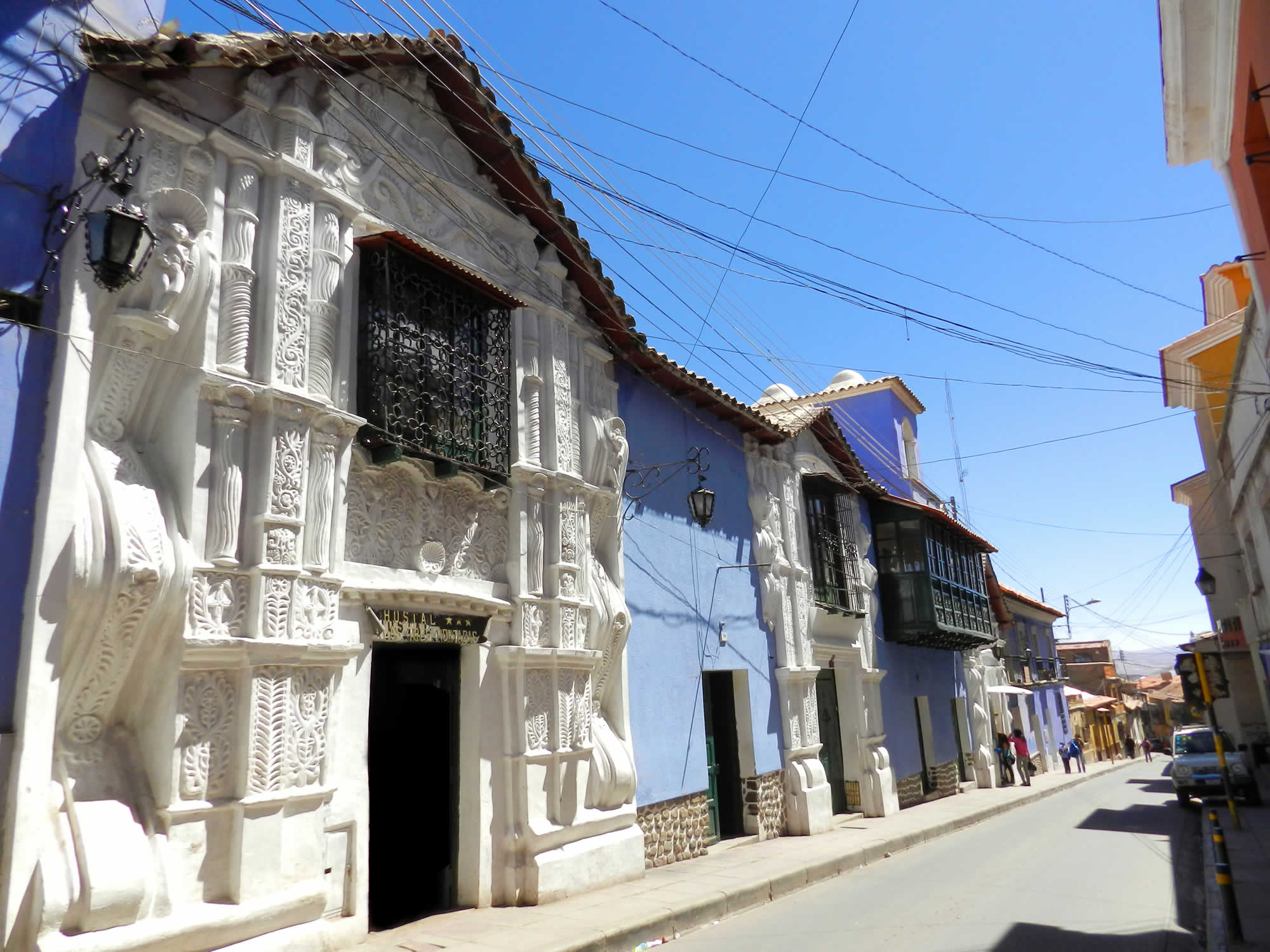
Casa de las Tres Portadas
This construction is also known as 'Las Recogidas' (The Cloistered Ones). It used to be a community house for lay sisters, most of whom were Natives. This religious construction belongs to the Franciscan Order
Details

San Jose de Chiquitos
This Jesuit settlement is the oldest in the area and is very similar to the North Argentinean or Paraguayan missions, However these last missions are now ruins or museums, while San Jose church still celebrates mass and hosts a very active music school.
Details
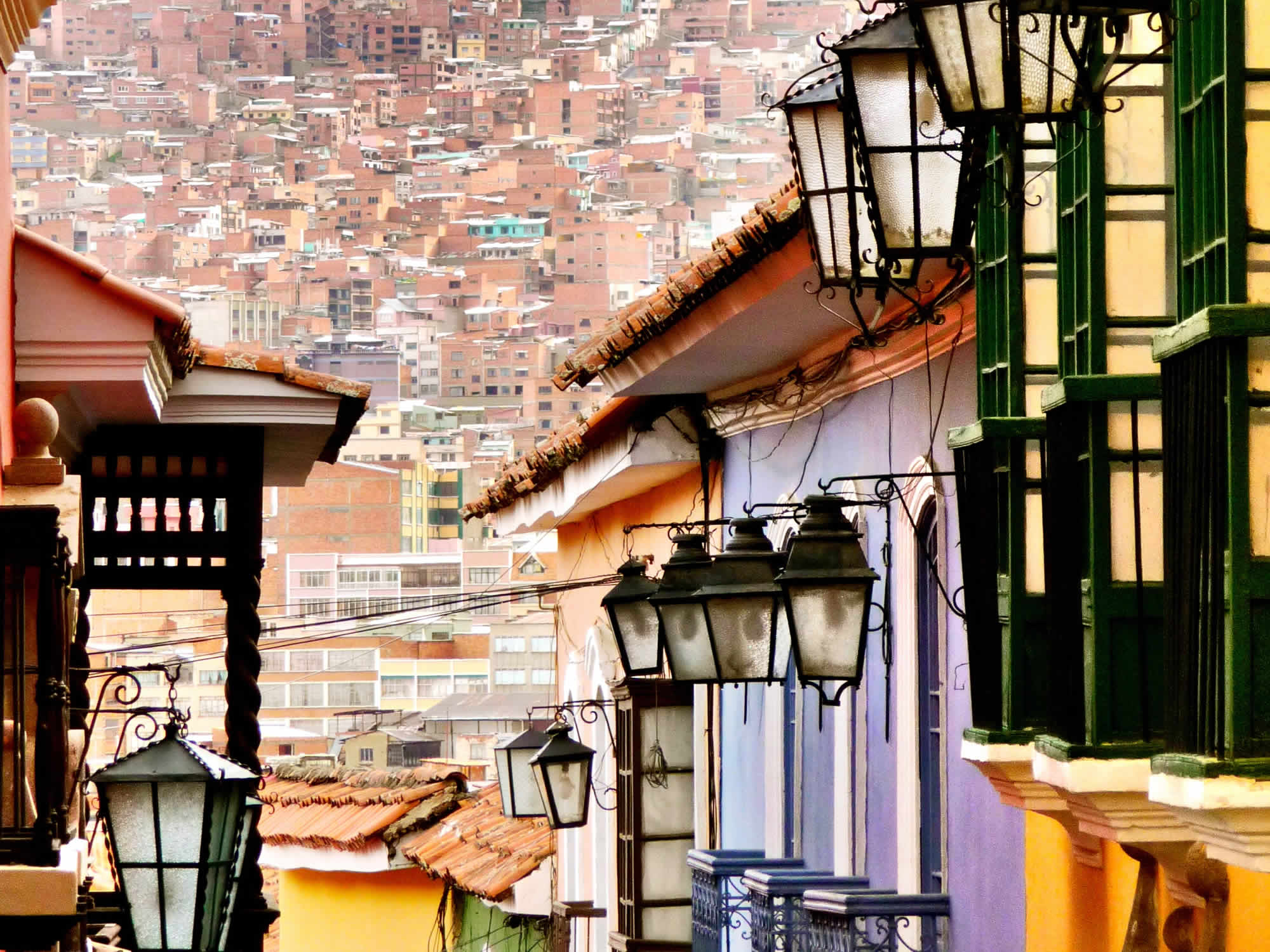
Calle Jaen
Calle Jaen in La Paz, Bolivia has been preserved from its Spanish days, and is home to 10 interesting museums clustered together. Calle Jaen is La Paz's finest colonial street, and the museums can easily be bundled into one visit.
Details

Plaza 24 de septiembre
The Plaza 24 de Septiembre main square is one of the most important meeting points of the city of Santa Cruz in Bolivia. Here, a magnificent Cathedral can be found (which has a museum in it), the Casa de la Cultura (House of Culture) and the Palacio Prefectural (Prefecture's Palace).
Details
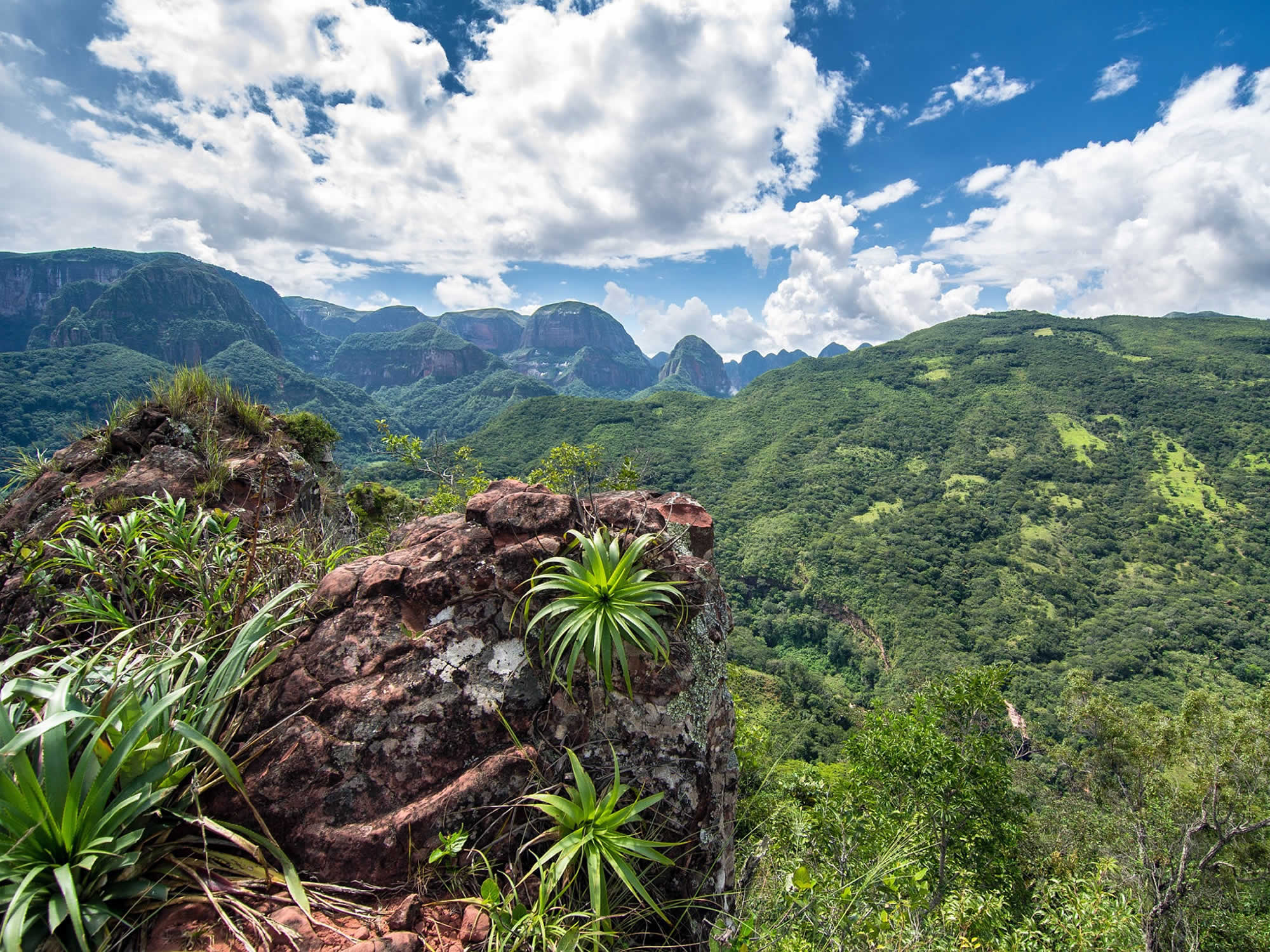
Samaipata
Near Santa Cruz, Bolivia lie the magnificent ruins of a fortress, known as Fuerte de Samaipata (Samaipata Fortress). Samaipata used to be a fortress of the Kollasuyo Empire.
Details

Cotoca Sanctuary
Cotoca is a small town of Guarani origin located to the East of Santa Cruz in Bolivia. The Sanctuary of the Virgen de Cotoca, a parrish run by Dominican priests, is a beautiful colonial-style church located on the central plaza.
Details

Cathedral of Cochabamba
Cathedral of Cochabamba, Bolivia. The facade reflects a mestizo fusion of Spanish Baroque and indigenous architectural styles.
Details

Palacio Portales
The Palacio Portales (Portales Palace) in Cochabamba, Bolivia, was built between 1915 and 1927. Portales was a residence of Simon Iturri Patino, Bolivian millionaire, called 'the tin baron' who controlled over half of the nation's output in the 1930s.
Details
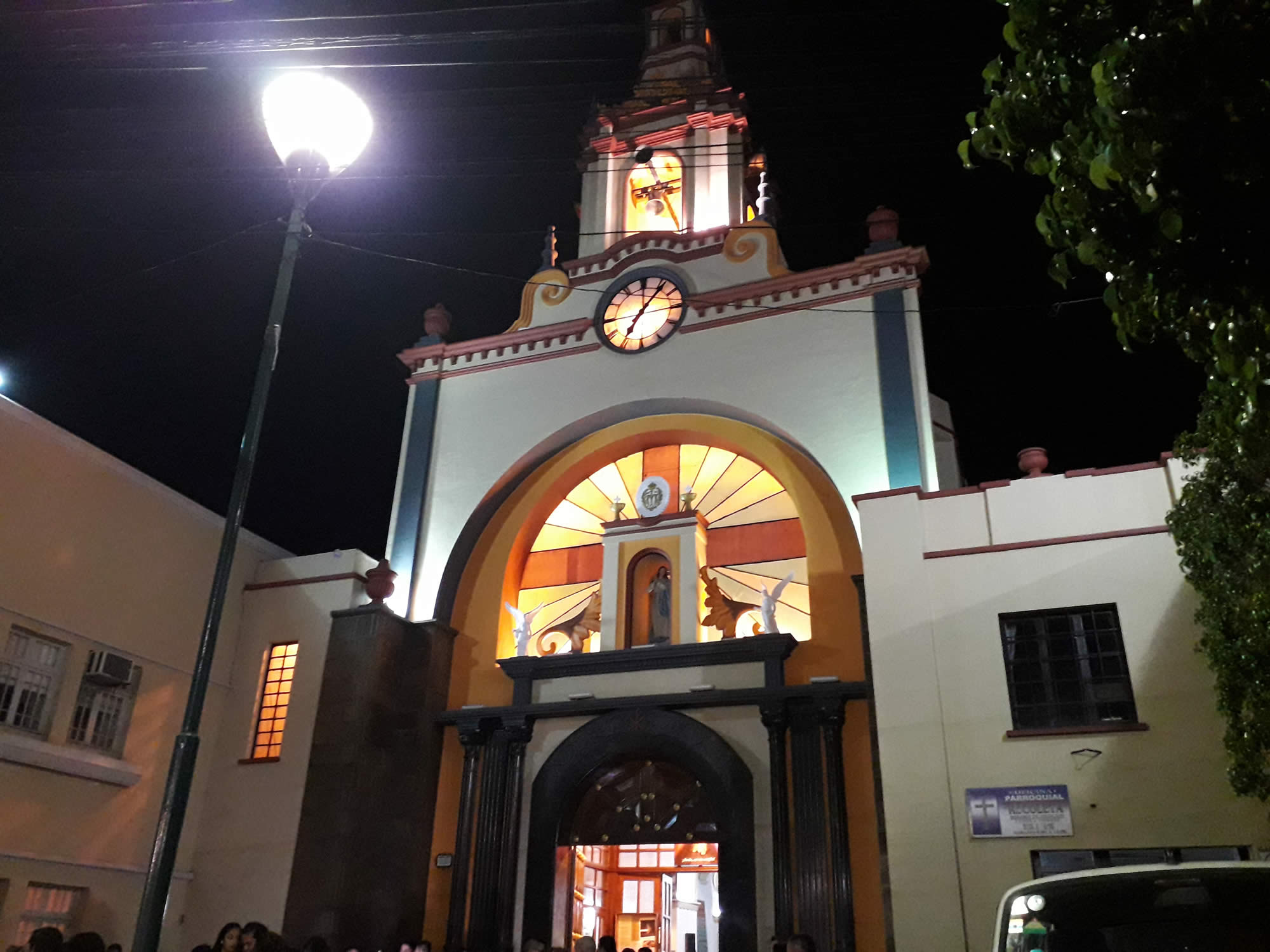
La Recoleta
On the Northern side of the Rio Rocha in Cochabamba, Bolivia is La Recoletta and Avenida Pando. La Recoletta is a modern and chic area and center of nightlife in Cochabamba.
Details

Plaza Colon and El Prado
The Alameda Colonial de Ingavi, was transformed into today's Plaza Colon and the Prado Avenue which is often host to parades and urban recreation in Cochabamba, Bolivia.
Details

Plaza 14 de Septiembre
The Plaza 14 de Septiembre in Cochabamba, Bolivia is known for its colonial design and extensive history. It hosts incomparable gardens in this city of eternal Spring making this central plaza of Cochabamba a peaceful and inspiring environment.
Details

Incallajta
The ruins of Incallajta are located about two hours and fifteen minutes drive or 142 Km from the city of Cochabamba in Bolivia. The great fortress of Incallajta is a testament to the splendor of the Inca Empire, its massive stone constructions covering roughly 12 hectares.
Details

Casa de Murillo
Once the home of Don Pedro Domingo Murillo, a leader in the La Paz Revolution of July 16, 1809, in Bolivia, the Casa de Murillo displays collections of colonial art and furniture, textiles, medicines, musical instruments and household items of glass and silver that once belonged to Bolivian aristocracy.
Details

Iglesia de San Francisco
The hewed stone basilica of San Francisco in La Paz, Bolivia, reflects an appealing blend of 16th-century Spanish and mestizo (indigenous-Spanish) trends. The cloisters and garden of the recently opened Museo San Francisco, adjacent to the basilica, beautifully revive the history and art of La Paz's landmark.
Details
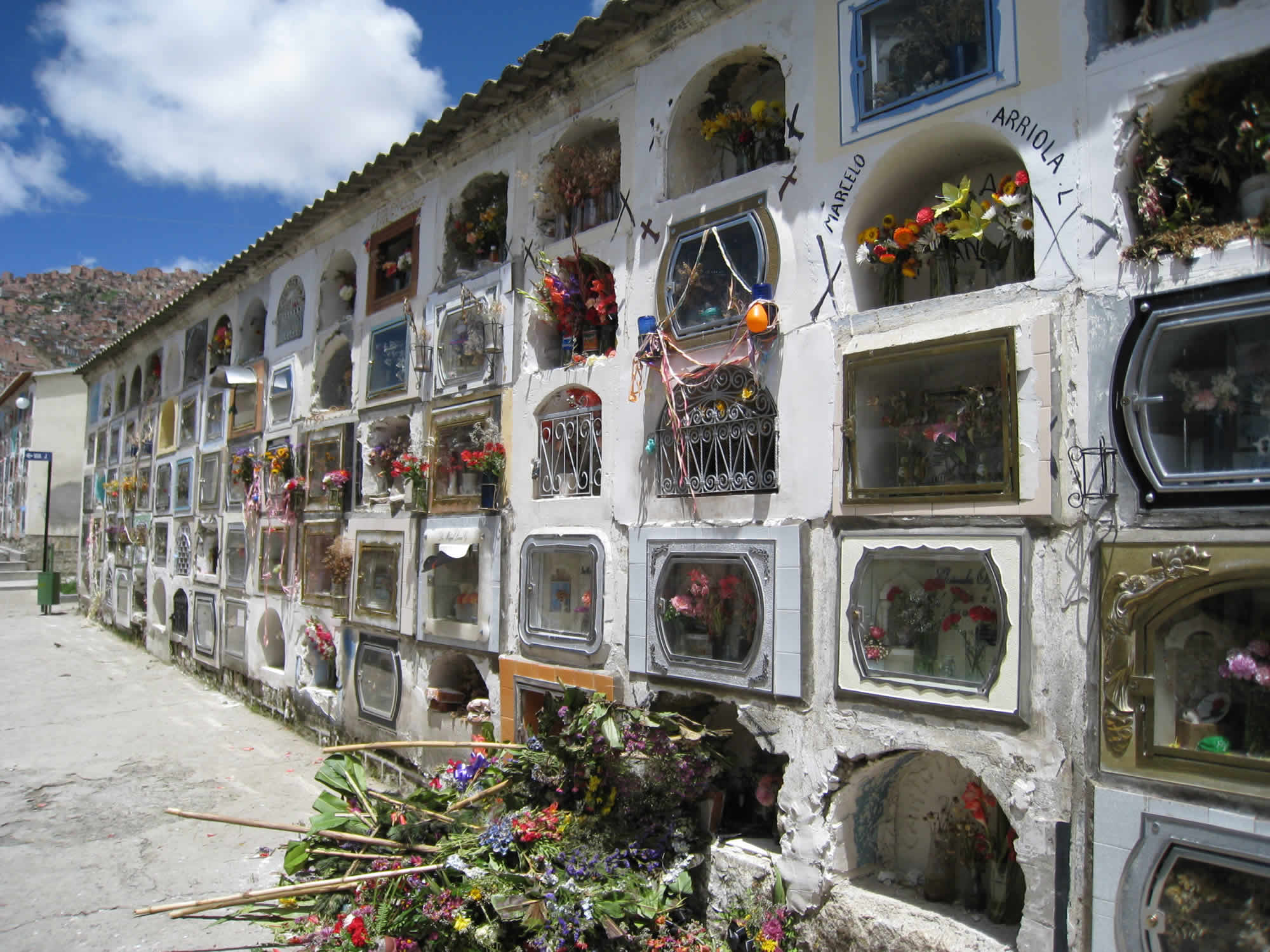
La Paz Cemetery
In La Paz Cemetery, as in most Latin American cemeteries, bodies are buried in the traditional Western way or placed in a crypt.
Details

Casa de la Libertad
On August 6, 1825, the freedom fighters of Bolivia assembled in the Casa de la Libertad to declare independence from Spain. You can visit the exact same room where the liberators met. The first Bolivian congresses were held in the Salon de la Independencia, originally a Jesuit chapel.
Details

Glorieta Castle
The Castle of la Glorieta in Sucre, Bolivia, is a unique attraction which used to belong to Don Francisco de Argandona. The Castle of la Glorieta was constructed towards the end of the XIX century and exhibits various architectural styles - Mudejar or Mohammedan Style, neoclassic, baroque and neo-gothic.
Details

Chuquisaca Prefecture
For the best view of Sucre, Bolivia, climb up up to the cupola of the wedding cake-like building of the Prefectura de Chuquisaca, next to the cathedral.
Details

Catedral Basilica
The Cathedral in Sucre, Bolivia dates from the middle of the 16th century and is a harmonious blend of Renaissance architecture with later Baroque additions. The Catedral Basilica is considered to be the most valuable religious monument of Sucre.
Details

Sucre General Cemetery
The general cemetery in Sucre, Bolivia, is one of the best options to go and learn a bit more about the life of known historical and political figures of the past, whose remains rest at this important landmark.
Details
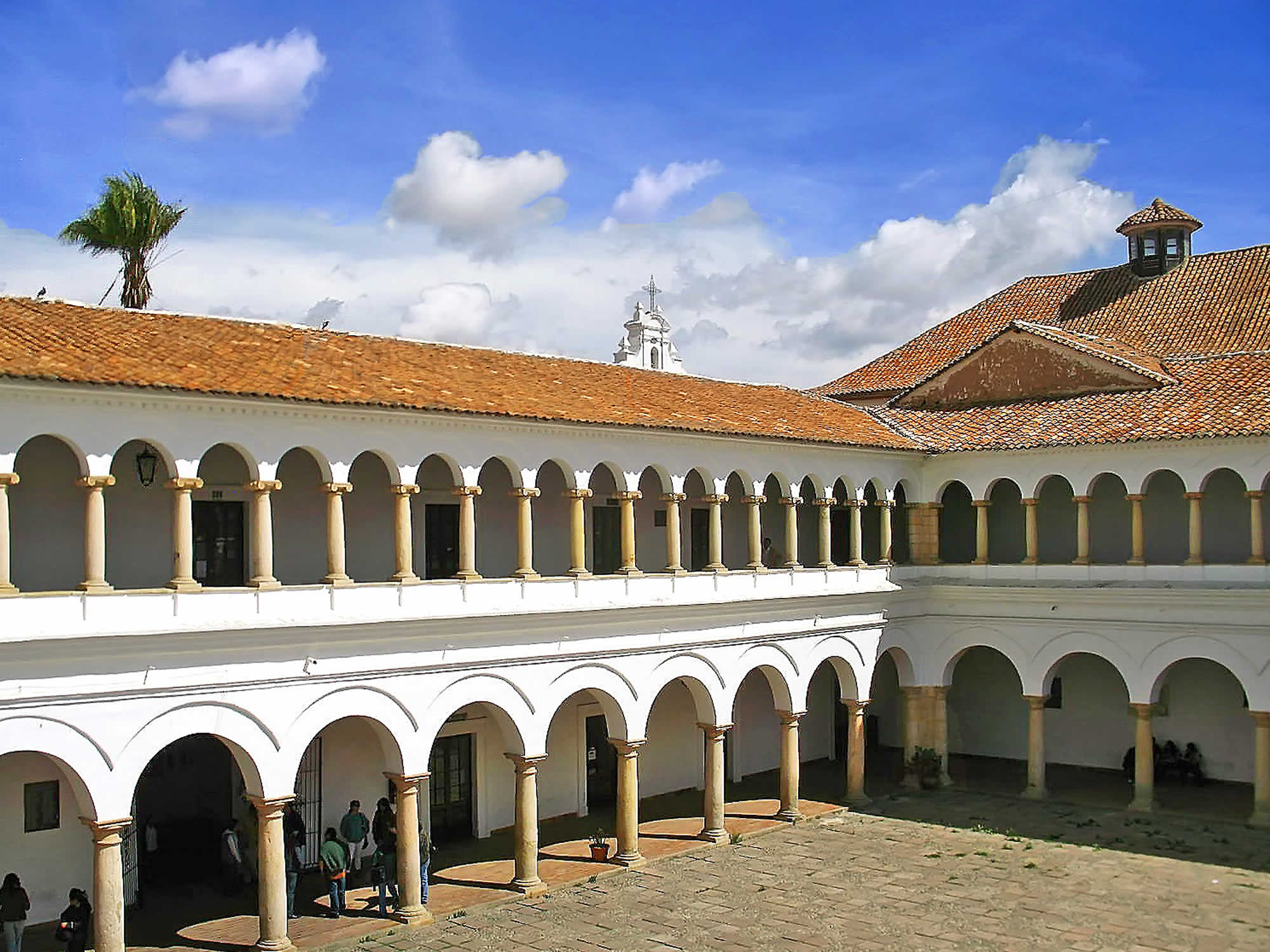
University of San Francisco
The University of San Francisco in Sucre, Bolivia, was founded on March 27th, 1624 by Padre Juan de Frias Herran.
Details

La Recoleta Convent
La Recoleta Convent dominates the landscape of the city of Sucre in Bolivia, resting at the bottom of the Churuquella mountain. The Look-Out Point of Recoleta is located atop of one of the seven hills where the city of Sucre was actually founded.
Details
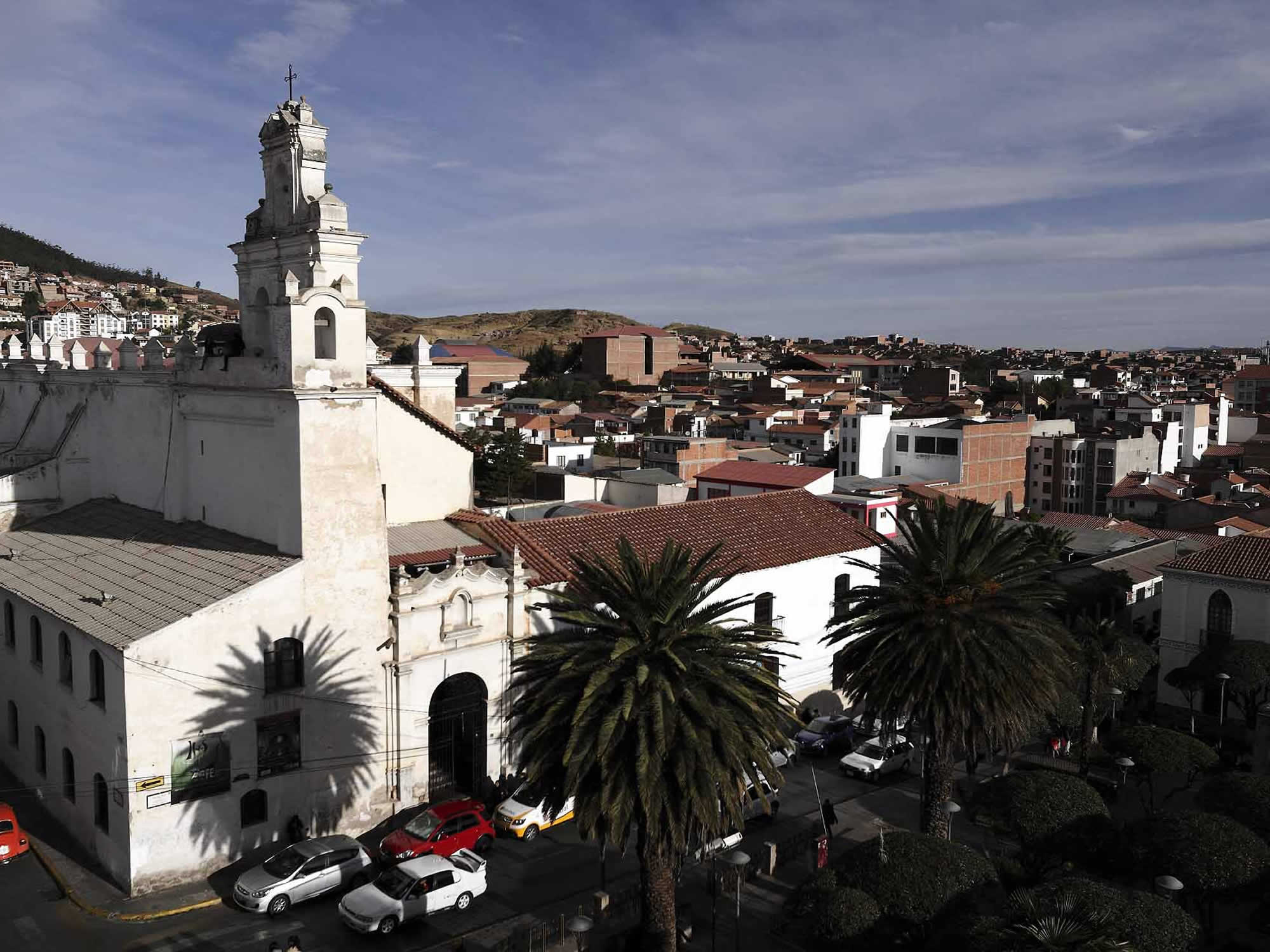
Churches in Sucre
There are many remarkable churches in the city of Sucre, Bolivia. This article is a brief description of the most important ones.
Details

Sanctuary of Socavon
Santuario del Socavon is a religious temple of special devotion for the inhabitants of Oruro, where the Candlemas's Virgin is worshipped. The splendid Carnival of Oruro is carried out in her honor.
Details

Lighthouse of Conchupata
Enjoy a panoramic view of the city of Oruro in Bolivia from the national monument called Lighthouse of Conchupata, where the current bolivian national emblem was hoisted for the first time on November 7th, 1851,
Details
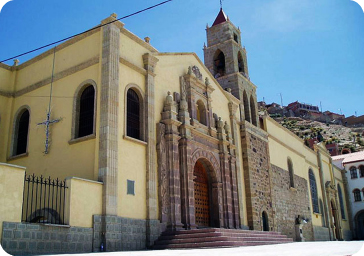
San Miguel de la Rancheria Church
San Miguel de la Rancheria is one of the oldest churches in the city of Oruro in Bolivia. It keeps paintings and sculptures of enormous sacred value.
Details

La Portada del Beaterio
La Portada del Beaterio, sculpted in stone, is a pilgrimage center in devotion to its founder, Sister Nazaria March, beatified in 1993. It has a convent where a small museum exists with its founder's belongings.
Details
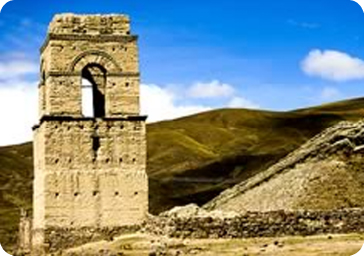
Yarvicoya Church
The Yarvicoya Church is another remarkable example of the mestizo Baroque art. It is located a few kilometers from Oruro in Bolivia. The church has been declared a national monument.
Details
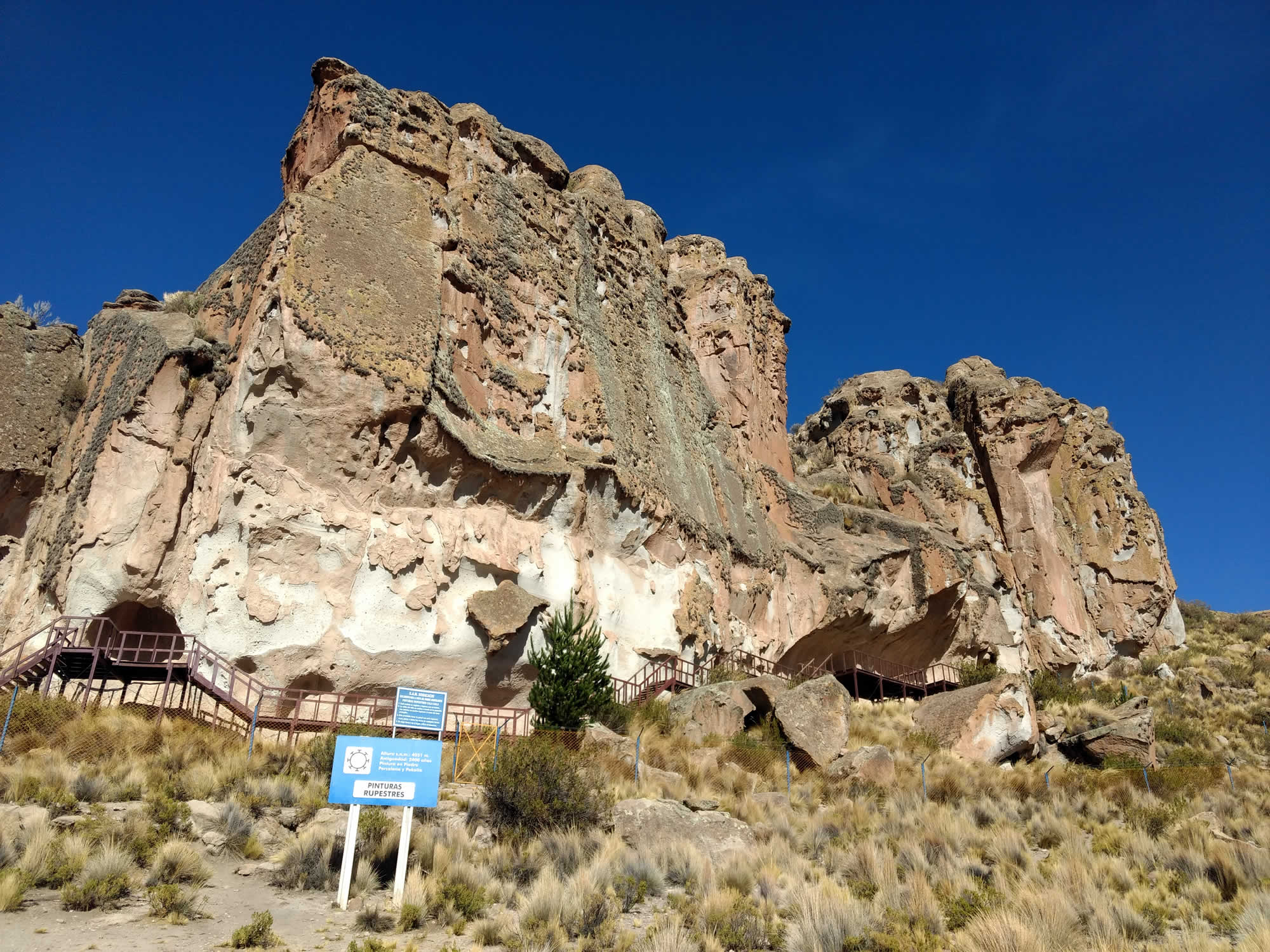
Cala Cala
Cala Cala is a town which was built at about 21 kilometers from Oruro in Bolivia. Cala Cala is an archaeological area, where pre-colombinan paintings can be found. Flocks of flamingos, llamas and felines, were sketched with simple lines by the ancient Bolivians.
Details

Curahuara de Carangas
Located Southwest from Oruro in Bolivia, Curahuara de Carangas was built over the flat terrain of the Altiplano (High Plateau) while following a typical architectural style from colonial times. Curahuara was also known as 'Ruta de la Plata' (The Silver Route), and it was the only way of access to the Pacific Ocean.
Details

Paria
A temple of stone of remarkable mestizo style is the main jewel of the first town in the region to be founded by the Spanish conquerors. According to the historical data, Paria near Oruro, Bolivia, was founded in 1535 by Diego de Almagro and the captain Juan de Saavedra.
Details

Plaza 10 de Noviembre
The Main Square, also known as 'Plaza del Regocijo' mostly because twice a year, since 1890, this is the site where the Carnival is celebrated, as well as other national holidays. In the past it was the place for bull fights
Details

Arcos de Cobija
Potosi's elaborate colonial architecture merits a stroll around the narrow streets to take in the ornate doorways and facades, as well as the covered wooden balconies that overhang the streets. Architecturally notable are the Arcos de Cobija on the street of the same name.
Details

Calle Quijarro
Unesco World Heritage North of the Iglesia de San Agustin, Calle Quijarro narrows as it winds between a wealth of colonial buildings, many with doorways graced by old family crests. It's thought that the bends in Calle Quijarro were an intentional attempt to inhibit the cold winds that would otherwise whistle through and chill everything in their path.
Details

Manquiri
At 14 kilometers of Potosi is the Sanctuary of Manquiri, an architectural sample from the XVIII century. In the past, this place used to be worshipped due to its emanations of steam from the thermal waters that flow underground.
Details

Casa Dorada
The Casa Dorada (Golden House) has as one of its main features its highly symmetrical design. The front resembles a single tile made of several columns. The top portion has window openings with a semicircular groined arch atop of each one
Details

Trinidad Cathedral
Built in 1931 in academic style. This church was mostly built with rubble, but it does have several valuable objects considered antiques and also because of their artistic characteristics. Some interesting pieces worth mentioning include paintings such as Nuestra Senora de Belen (Our Lady from Bethlehem), which was made by artisans from Cuzco and El Nacimiento del Nino Dios (The Birth of the Infant God), painted in Guamaga
Details
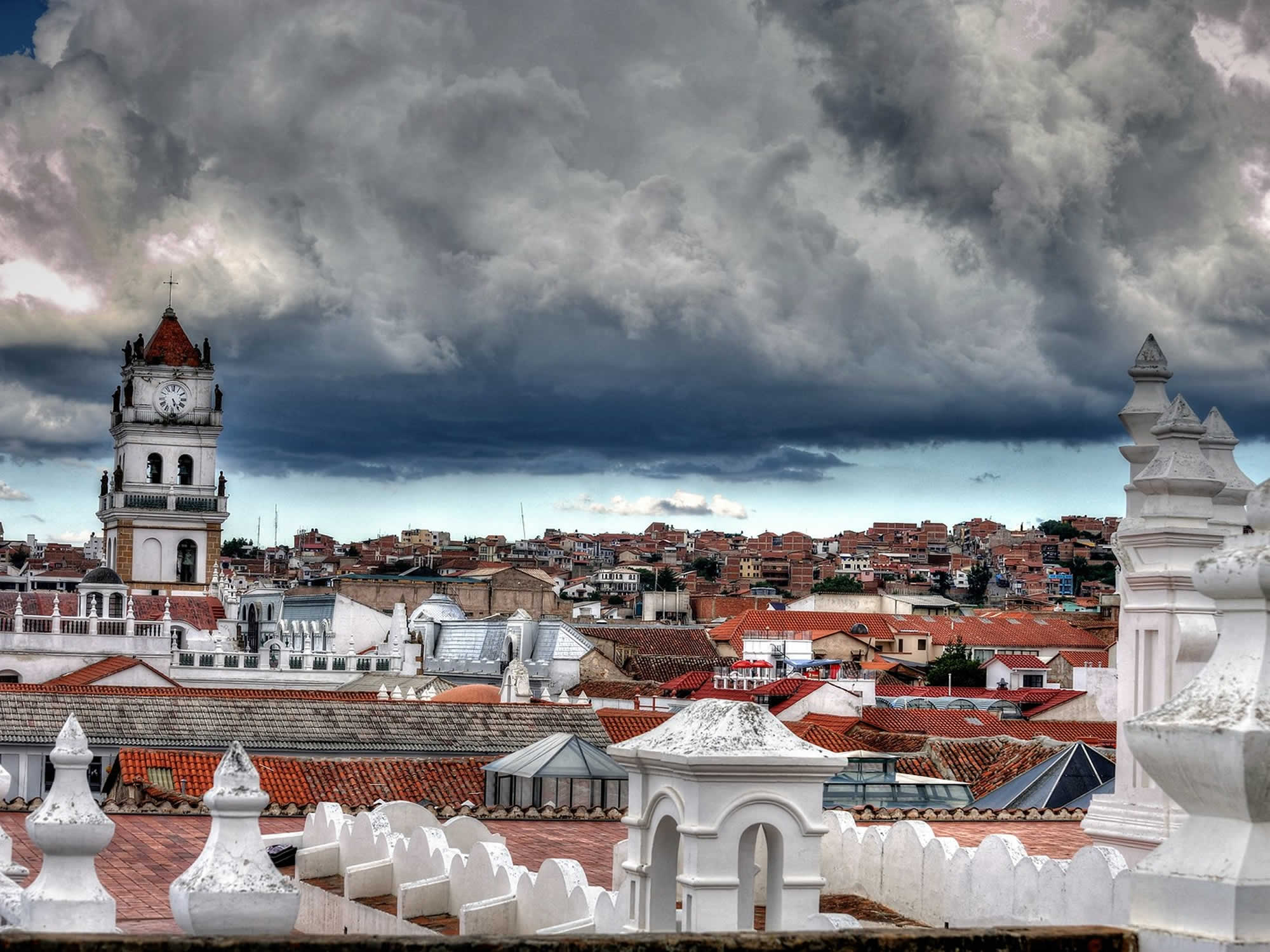
Colonial Cities
Sucre and Potosi are the best known colonial cities in Bolivia. Sucre, the White City, is the constitutional capital of the Republic of Bolivia. Potosi is, at around 4000 meter, the worlds highest city. The mines of the Cerro Rico are the richest mines in all of world history.
Details
Inka Rakay
Inka Rakay is a fascinating archeological site at 33 km from the city of Cochabamba, Bolivia. It was built as an Inca stronghold between 1460 and 1470. The site boasts some 17 quadrangular and rectangular buildings, with some round silos.
Details

Chincana Labyrinth
About 300 meters southwest of Titikala (Roca Sagrada or Sacred Rock) is an elaborate Inca ruin called the Chincana (the Labyrinth). Also named the Palacio del Inca, or El Laberinto, or labyrinth, these ruins on the top of Isla del Sol form the complex of the Titicaca, or sacred rock.
Details
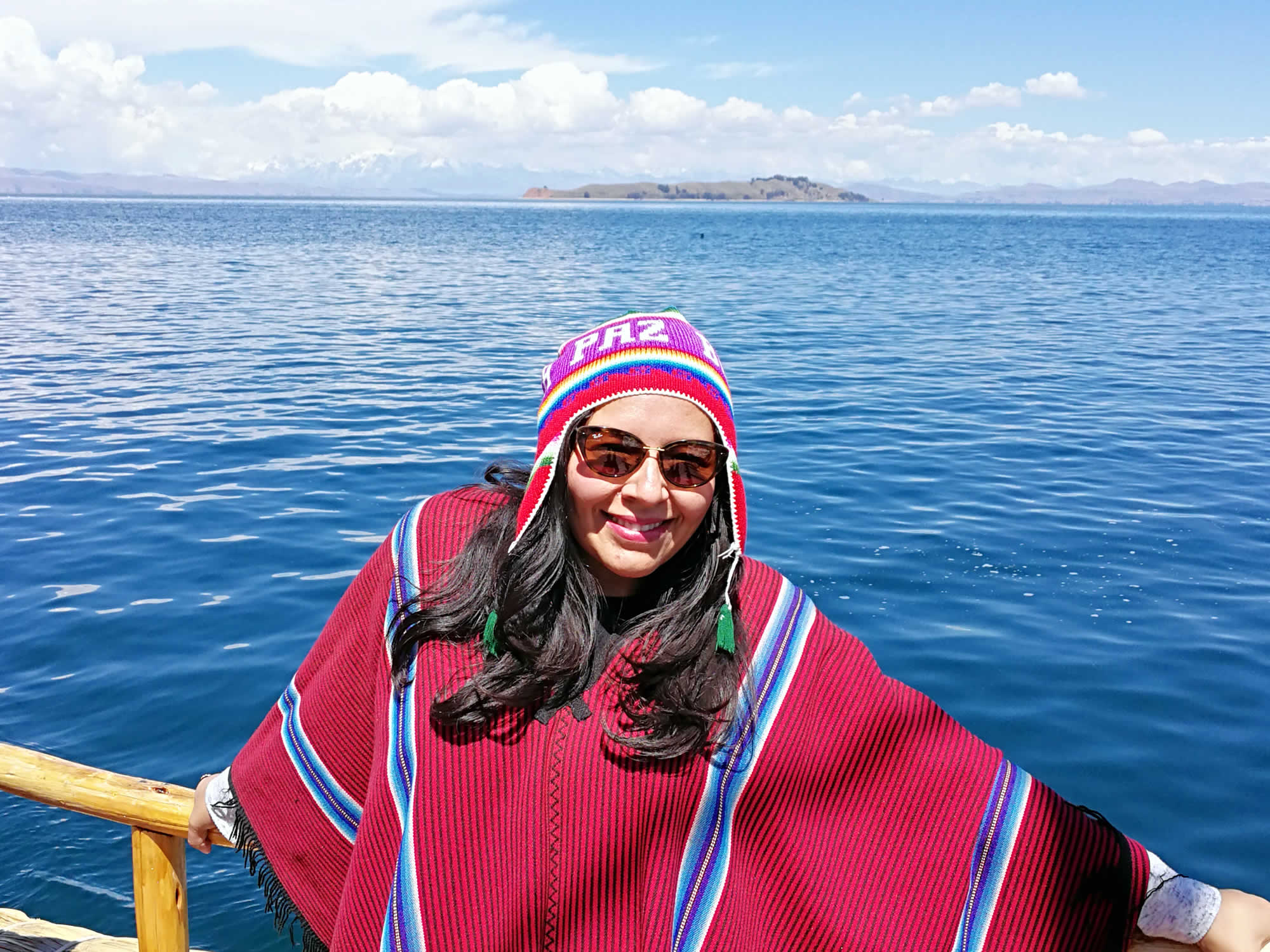
 Contact Vivian, our chief Bolivia Travel Expert
Contact Vivian, our chief Bolivia Travel Expert